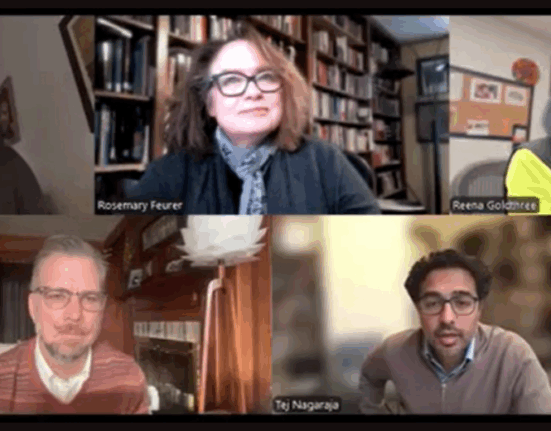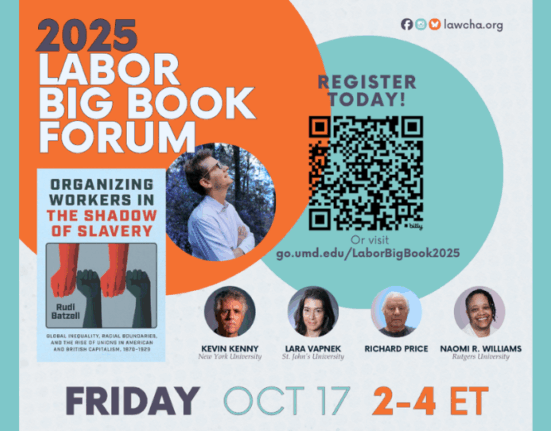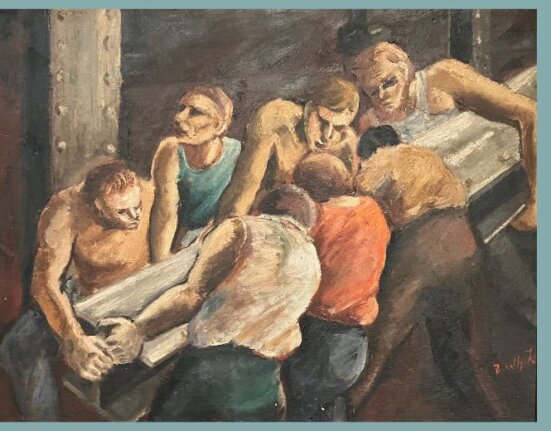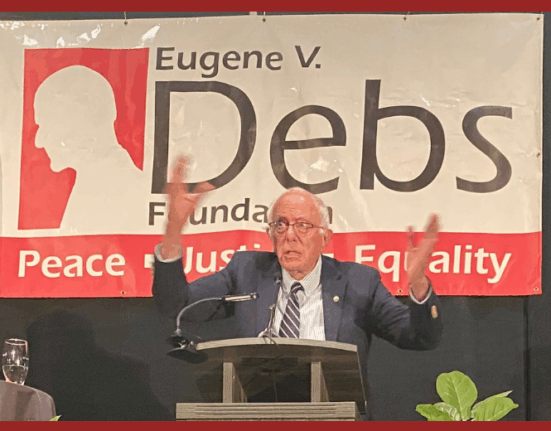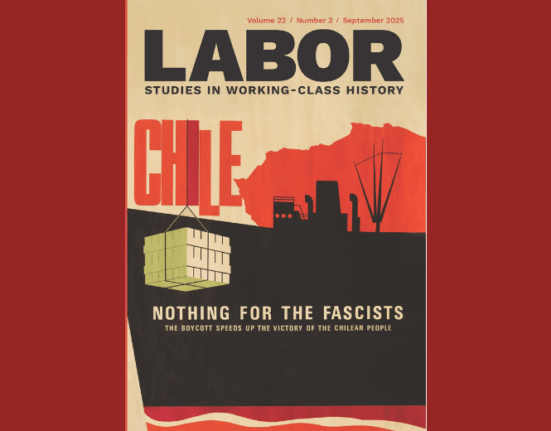This is one of a small number of postings from the LAWCHA 2025 conference panels. If you have a summary from the conference, we’d be glad to add it.
The “Workers and the U.S. Civil War” panel explored various experiences of antebellum citizens, freedpeople, and Civil War veterans as workers, including through the lens of class conflict.

In his paper, “Storm Clouds on the Horizon: Workers and the Secession Winter of 1860-61,” David Zonderman (North Carolina State University) demonstrated how workers, North and South, white and black, approached the gathering storm of secession. Southern white workers, advocates for free labor embedded in a slave society, often voiced skepticism about a new Confederate nation where wealthy enslavers would wield even more power than they already had. Northern workers, struggling to rebuild their unions after the 1857 depression, feared for the survival of the Union itself. African Americans, while often appearing silent to white observers, had sophisticated clandestine communication networks that kept them apprised of the latest news on secession.
Cries of “rich man’s war and poor man’s fight” were immediately heard in cities and towns across the North and South, and crowds of unemployed workers also took out their frustrations on abolitionists up North and unionists down South. Yet, working men on both sides of the sectional divide—driven by complex combinations of sectional loyalty, masculinity, and peer pressure—abandoned their ambivalences and rallied around their respective regions with great energy and emotion.
Next, Mark Lause (University of Cincinnati) showed how enslaved African Americans transformed the government’s approach to “the peculiar institution” by voting with their feet, most dramatically in their flight to the federal strongholds in eastern Virginia. In a paper entitled “Reconstruction and the New Working Class: A Look at Coastal Virginia,” Lause concluded that the U.S. Army’s role was to restore order, which rarely sustained the rights of the freedpeople, and that the Freedmen’s Bureau remained more ambivalent, but ultimately followed the lead of the Army high command.
Finally, Matthew Stanley’s (University of Arkansas) paper, “The Confederate Invasion of Chicago: Blue-Gray Reunion and the Antilabor Thermidor of 1895,” explored how an entourage of former Confederate officers traversed the Ohio River on Memorial Day weekend 1895 to dedicate a rebel monument in the heart of the Midwest. Organized by the Ex-Confederate Association of Chicago and held in conjunction with the city of Cincinnati, the gathering was meant to achieve “complete reconciliation between the sections” by confirming northern magnanimity and establishing an element of the white southern past, as well as a surer commercial imprint, firmly on Yankee soil. Ultimately, Stanley argued, Chicago’s 1895 reunion represented not merely a willful forgetting of the war’s causes, and of slavery in particular, but also an affirmation of the primacy of commercial relations, including through racial and labor control.

Commentor Angela Diaz (University of Illinois) noted how the panel’s fresh questions and previously overlooked primary source materials illuminated a number of themes including the political agency of urban workers during the secession crisis, clandestine communication networks among enslaved and free Black workers, soldiering as labor, the racialization of wartime class formation, the creation of a new working class in the post-emancipation South, divergent understandings of “free labor,” the genealogy of radical political networks, and how owners sought to harsh the war’s memory to facilitate managerial control and quash worker self-activity.


